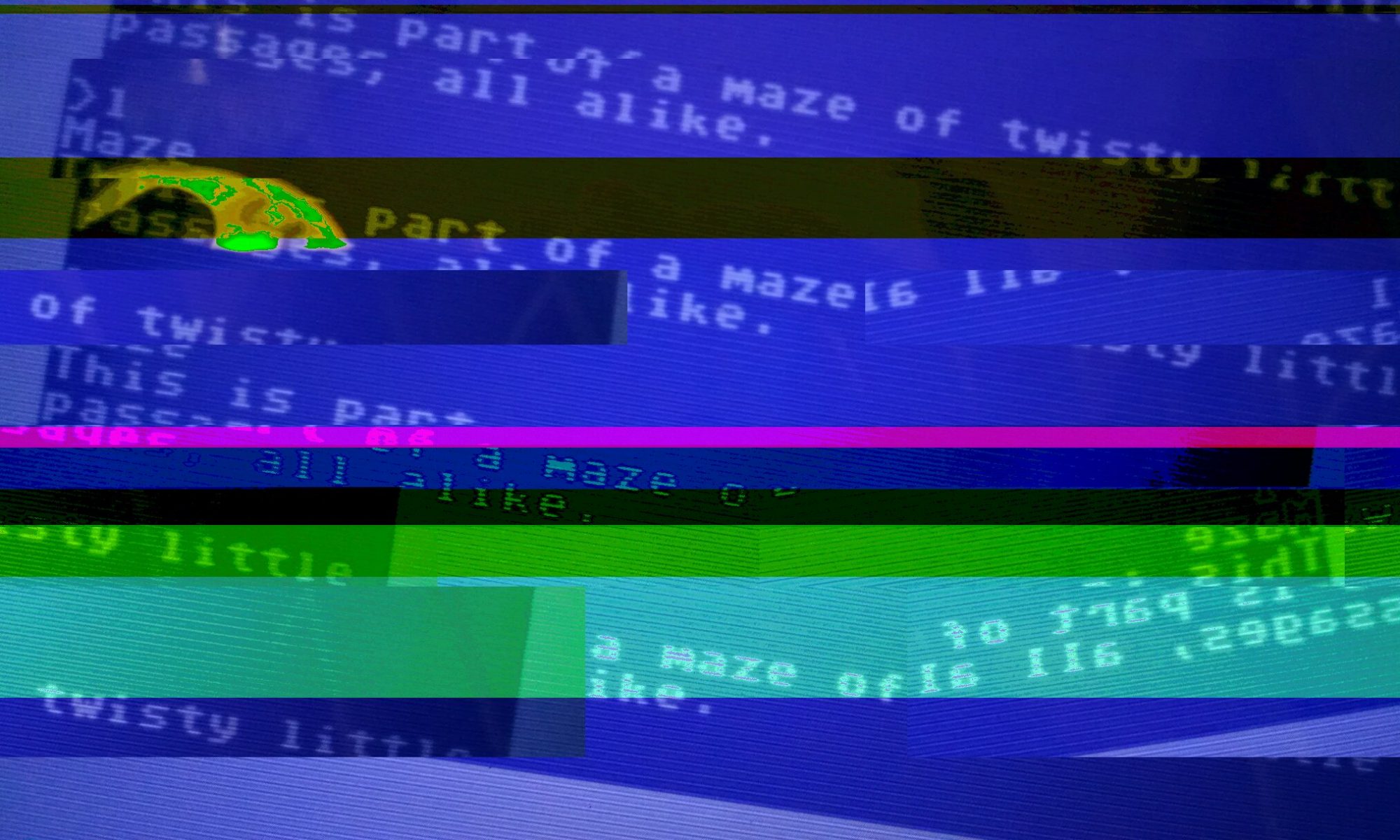SPACEPLAN is a silly clicker game on Steam where. The player takes on the role of an astronaut many years in the future. The story is given as a chat log of your fellow astronaut. Once you wake up, you find yourself orbiting a strange red planet. So why not send in your probetato to do some scanning?
As stated in the game’s description, the story is largely based on a complete misunderstanding of Stephen Hawking’s A Brief History of Time, so you can expect to play with physics, black holes, and parallel realities in this potato powered adventure!
The developer Jake Hollands utilized a minimalist approach in designing this game where the individual facets of digital media seem simple on their own, but together yield a stronger work of electronic literature.
Works Cited:
Freud, Sigmund. “The Uncanny.” In The Standard Edition of the Complete Psychological Works of Sigmund Freud, edited by James Strachey, XVII:218–52. London: Hogarth Press, 1953.
Murray, Janet H. “Chapter 3: Beyond “Multimedia.” Hamlet on the Holodeck: The Future of Narrative in Cyberspace, The MIT Press, Cambridge, MA, 1997, pp. 65–94.
Pawlicka, Urszula. “Towards a History of Electronic Literature.” CLCWeb: Comparative Literature and Culture, vol. 16, no. 5, 2014, doi:10.7771/1481-4374.2619.
Robin, Bernard R. “Digital Storytelling: A Powerful Technology Tool for the 21st Century Classroom.” Theory into Practice, vol. 47, no. 3, 2008, pp. 220–228.



You must be logged in to post a comment.